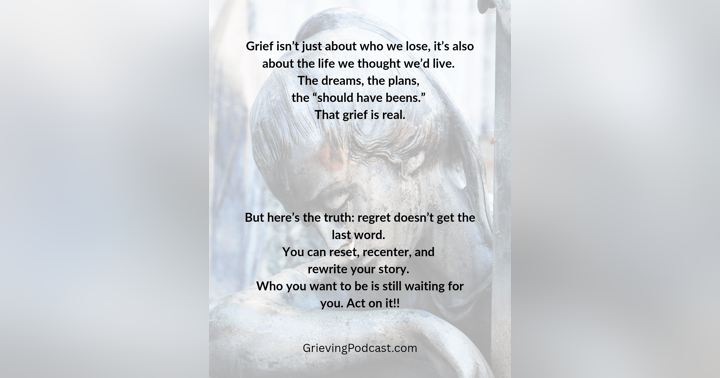The Grass Isn’t Any Greener—Because You’ll Still Be There

There’s a common saying, “The grass is greener on the other side,” which fuels the belief that happiness, fulfillment, and success exist somewhere beyond our current reality. Whether it’s a different relationship, a new job, a fresh city, or even a new group of friends, people often chase external change, assuming it will fix their internal struggles. But what happens when they get there and realize the same problems follow them?
The Illusion of Escape
Many people make impulsive changes because they believe their dissatisfaction stems from external circumstances. They swap partners, careers, locations, or social circles, convinced that the new will be better than the old. The problem is, the common denominator in all these situations remains them.
Psychologically, this phenomenon is known as the hedonic treadmill—the tendency to return to a baseline level of happiness regardless of external changes. You may feel a temporary high when you leave a relationship, move to a new city, or switch jobs, but if your internal struggles remain unresolved, the same patterns will resurface.
Grief intensifies this cycle. The pain of loss—whether through death, divorce, the end of a friendship, or even a life transition—can create an urgent need to escape. In an effort to outrun the weight of grief, people often seek out rapid change, believing that a new environment or relationship will ease their suffering. But unresolved grief doesn’t dissolve with external shifts; it simply follows, surfacing in new ways.
For example:
- Someone grieving the loss of a spouse may enter a new relationship too soon, only to find the same loneliness and sorrow creeping in.
- A person who loses a loved one may move to a different city to “start fresh,” only to realize that the pain of absence remains.
- A grieving employee may switch jobs, thinking a new role will reignite passion, but instead, they feel the same emptiness and burnout.
The truth is, no amount of external change can resolve what needs to be healed internally.
The Real Work Happens Within
Psychologists emphasize that self-awareness, emotional intelligence, and personal responsibility are crucial for long-term fulfillment. Instead of running from discomfort, successful change requires looking inward and addressing the core issues—especially grief.
1. Identifying Patterns
Are you repeating the same cycles in different environments? If the same problems arise no matter where you go or who you're with, the issue might not be external—it might be something within you that needs attention. Unprocessed grief, in particular, has a way of manifesting in patterns of avoidance, unhealthy relationships, and emotional detachment.
2. Confronting Unresolved Emotions
Grief isn’t something that disappears; it demands to be felt. Running from it—whether through a new relationship, job, or location—only delays the healing process. Instead of seeking external distractions, take time to process your grief through therapy, journaling, or allowing yourself space to mourn.
3. Taking Responsibility for Your Own Healing
No job, relationship, or city can make you whole if you haven’t done the work to heal from within. Grief changes us, but growth comes from learning how to carry the loss rather than outrun it. Finding moments of joy, meaning, and connection amid grief is the key to long-term fulfillment.
4. Practicing Gratitude and Growth
Instead of constantly looking outward for something better, focus on appreciating what you have and growing in ways that truly matter. Internal peace doesn’t come from changing scenery—it comes from changing perspective. Allow grief to coexist with gratitude, recognizing that healing doesn’t mean forgetting but learning to live with love and loss simultaneously.
When Change Is Healthy vs. When It’s Avoidance
This isn’t to say external changes are never necessary. Sometimes, leaving a toxic relationship, moving to a new place, or switching careers is the right choice. However, the key difference is intention.
- Healthy Change: You make a change because you’ve outgrown a situation and are actively choosing growth.
- Avoidance-Based Change: You make a change to escape discomfort, assuming a new environment will magically fix things.
Before making a major change, ask yourself:
- Am I leaving to grow, or am I running away?
- Have I worked on my internal struggles, or am I hoping this new situation will do it for me?
- Will this change bring long-term fulfillment, or just temporary relief?
Conclusion
The grass isn’t any greener—it’s greener where you water it. If you don’t cultivate growth, self-awareness, and emotional maturity, you’ll carry the same problems wherever you go. True change doesn’t come from swapping out people or places—it comes from transforming within.
And when grief is involved, running won’t lessen the pain. Healing requires presence, patience, and self-compassion. Before you chase the next best thing, consider this: What if the life you want isn’t out there, but inside you, waiting to be nurtured?

